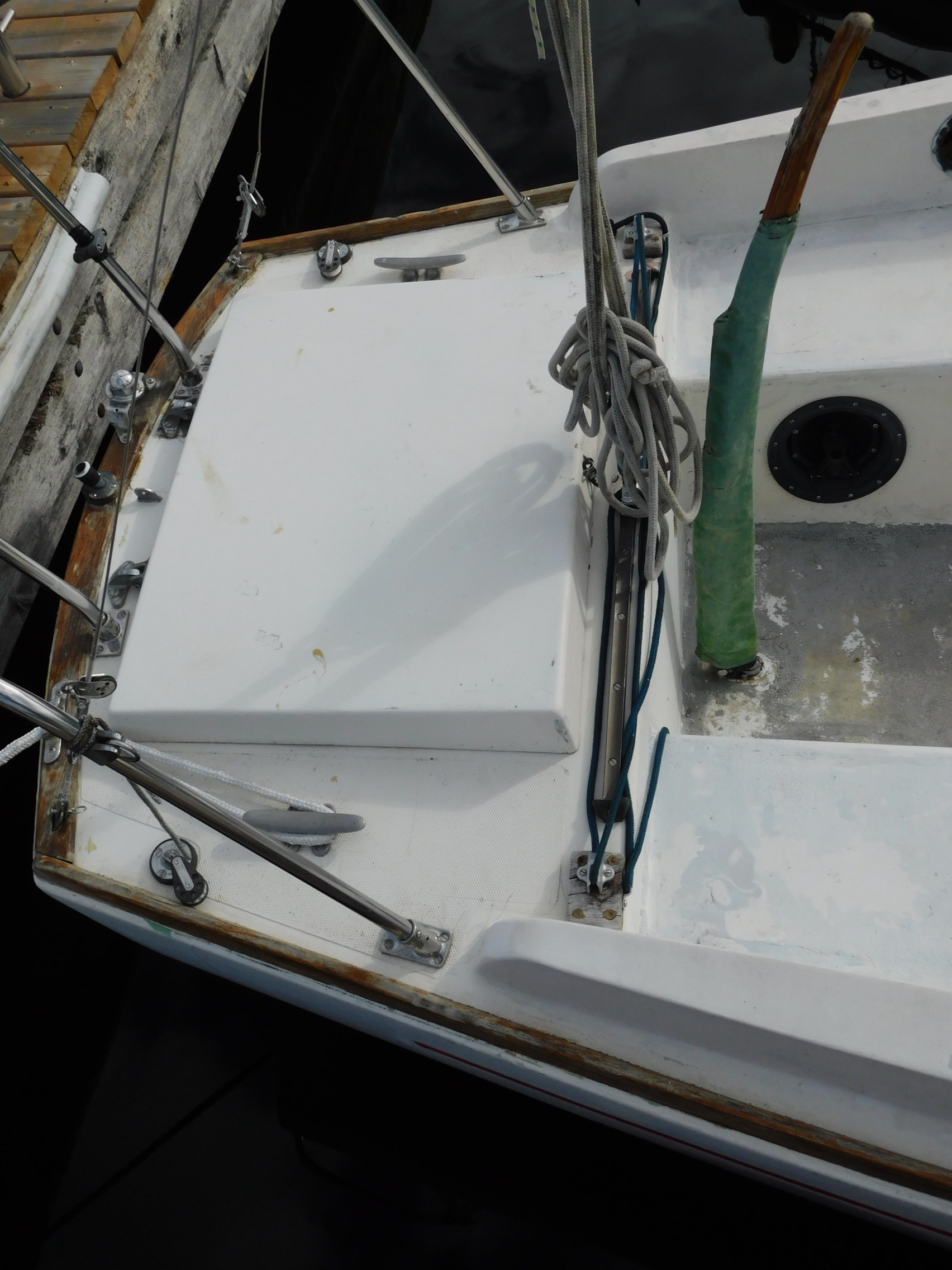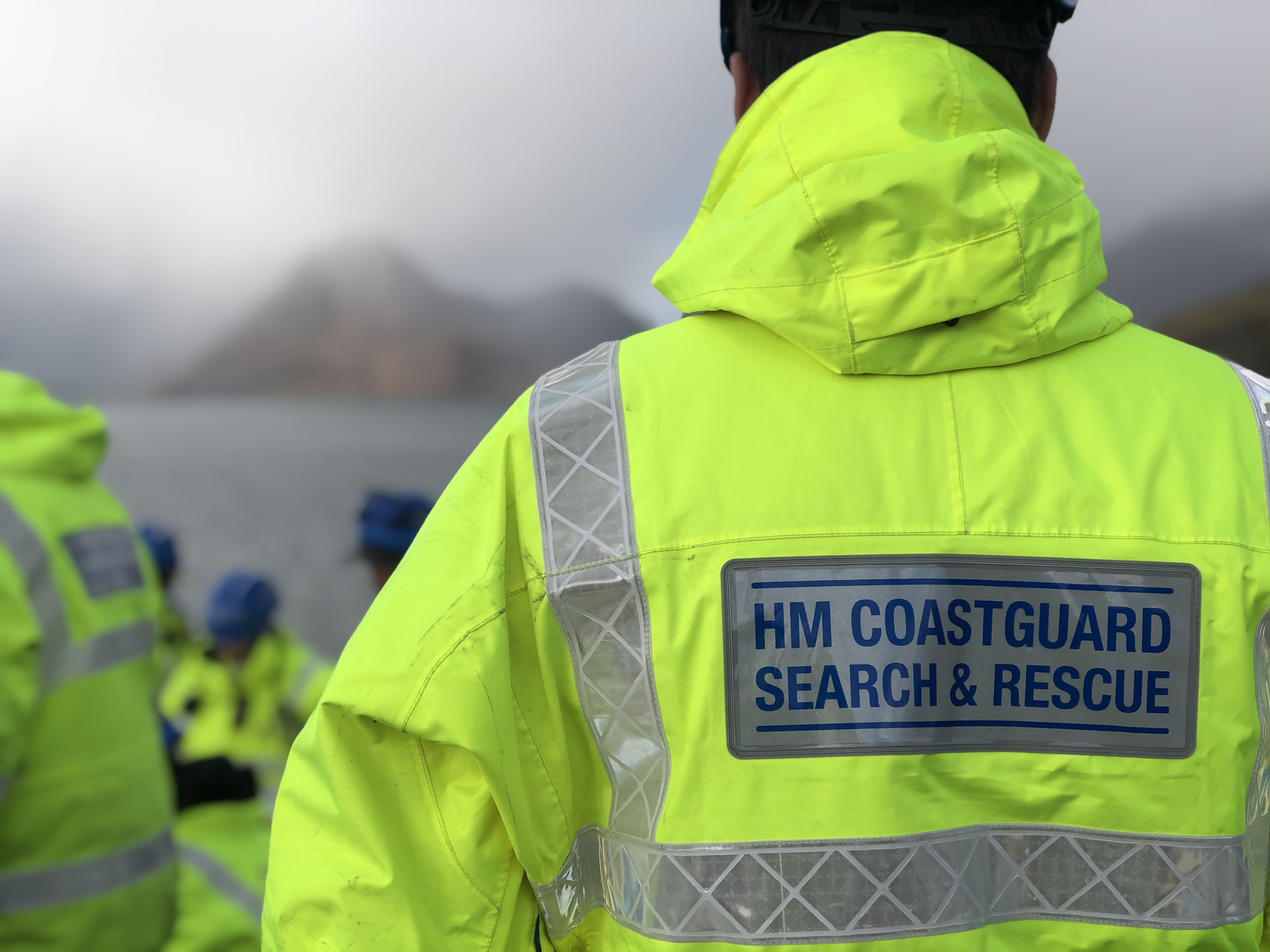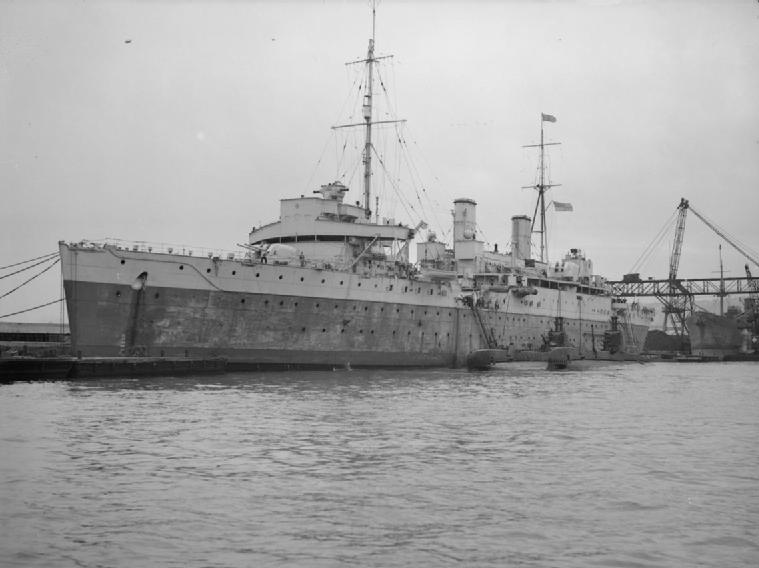|
HMS Tyrian
Five ships of the Royal Navy have borne the name HMS ''Tyrian'': * was a 10-gun brig-sloop launched in 1808 and sold in 1819. * was a 10-gun ''Cherokee''-class brig-sloop launched in 1826 that became a Post Office Packet Service packet, sailing out of Falmouth, Cornwall. She was used as a quarantine hulk from 1847, a coastguard depot ship from 1866, and was sold in 1892. * was a wooden screw gunboat launched in 1861, used as a tug from 1883 and was sold in 1891. * was an launched in 1919 and scrapped in 1930. * was a T-class destroyer launched in 1942. She was converted to a Type 16 frigate A frigate () is a type of warship. In different eras, the roles and capabilities of ships classified as frigates have varied. The name frigate in the 17th to early 18th centuries was given to any full-rigged ship built for speed and maneuvera ... between 1951 and 1952, and was scrapped in 1965. {{DEFAULTSORT:Tyrian Royal Navy ship names ... [...More Info...] [...Related Items...] OR: [Wikipedia] [Google] [Baidu] |
Royal Navy
The Royal Navy (RN) is the naval warfare force of the United Kingdom. It is a component of His Majesty's Naval Service, and its officers hold their commissions from the King of the United Kingdom, King. Although warships were used by Kingdom of England, English and Kingdom of Scotland, Scottish kings from the early Middle Ages, medieval period, the first major maritime engagements were fought in the Hundred Years' War against Kingdom of France, France. The modern Royal Navy traces its origins to the English Navy of the early 16th century; the oldest of the British Armed Forces, UK's armed services, it is consequently known as the Senior Service. From the early 18th century until the World War II, Second World War, it was the world's most powerful navy. The Royal Navy played a key part in establishing and defending the British Empire, and four Imperial fortress colonies and a string of imperial bases and coaling stations secured the Royal Navy's ability to assert naval superior ... [...More Info...] [...Related Items...] OR: [Wikipedia] [Google] [Baidu] |
Brig-sloop
During the 18th and 19th centuries, a sloop-of-war was a warship of the Royal Navy with a single gun deck that carried up to 18 guns. The rating system of the Royal Navy covered all vessels with 20 or more guns; thus, the term encompassed all unrated warships, including gun-brigs and cutters. In technical terms, even the more specialised bomb vessels and fire ships were classed by the Royal Navy as sloops-of-war, and in practice these were employed in the role of a sloop-of-war when not carrying out their specialised functions. In World War I and World War II, the Royal Navy reused the term "sloop" for specialised convoy-defence vessels, including the of the First World War and the highly successful of the Second World War, with anti-aircraft and anti-submarine capabilities. They performed similar duties to the destroyer escorts of the United States Navy, and also performed similar duties to the smaller corvettes of the Royal Navy. Rigging A sloop-of-war was quite differe ... [...More Info...] [...Related Items...] OR: [Wikipedia] [Google] [Baidu] |
Post Office Packet Service
The Post Office Packet Service dates to Tudor times and ran until 1823, when the Admiralty assumed control of the service. Originally, the General Post Office, Post Office used packet ships to carry mail packets to and from British embassies, colonies and outposts. The vessels generally also carried bullion, private goods and passengers. The ships were usually lightly armed and relied on speed for their security. However, Britain was at war almost continuously during the 18th and early 19th centuries with the result that packet ships did get involved in naval engagements with enemy warships and privateers, and were occasionally captured. Origins Packet boats, offering a regular scheduled mail service, had been in use for the sea route between Holyhead and Dublin since at least 1598, providing a mail connection between Britain and Ireland. Furthermore, during Essex in Ireland, Essex's campaign, additional packets were run out of Falmouth, Cornwall, Falmouth and Milford Haven, sail ... [...More Info...] [...Related Items...] OR: [Wikipedia] [Google] [Baidu] |
Packet Trade
Generally, packet trade is any regularly scheduled cargo, passenger and mail trade conducted by boat or ship. The boats or ships are called " packet boats or packet ships" as their original function was to carry mail. A "packet ship" was originally a vessel employed to carry post office mail packets to and from British embassies, colonies and outposts. In sea transport, a packet service is a regular, scheduled service, carrying freight and passengers. The ships used for this service are called packet ships or packet boats. The seamen are called packetmen, and the business is called packet trade. "Packet" can mean a small parcel but, originally meant a parcel of important correspondence or valuable items, for urgent delivery.Oxford English Dictionary - ''Packet'': "A small pack, package, or parcel. In later use freq.: the container or wrapping in which goods are sold; packaging; a bag or envelope for packing something in. Also: the contents of a packet. In early use chiefly used of ... [...More Info...] [...Related Items...] OR: [Wikipedia] [Google] [Baidu] |
Falmouth, Cornwall
Falmouth ( ; ) is a town, civil parish and port on the River Fal on the south coast of Cornwall, England, United Kingdom. Falmouth was founded in 1613 by the Killigrew family on a site near the existing Pendennis Castle. It developed as a port on the Carrick Roads harbour, overshadowing the earlier town of Penryn, Cornwall, Penryn. In the 19th century after the arrival of the railways, tourism became important to its economy. In modern times, both industries maintain a presence in Falmouth and the town is also home to the National Maritime Museum Cornwall, a campus of Falmouth University and Falmouth Art Gallery. Etymology The name Falmouth is of English language, English origin, a reference to the town's situation on the mouth (river), mouth of the River Fal. The Cornish language name, or , is of identical meaning. History Early history In 1540, Henry VIII of England, Henry VIII built Pendennis Castle in Falmouth to defend Carrick Roads. The main town of the distr ... [...More Info...] [...Related Items...] OR: [Wikipedia] [Google] [Baidu] |
Lazarette
The lazarette or lazaret (sometimes lazaretto) of a boat is an area near or aft of the cockpit. The word is similar to and probably derived from lazaretto. A lazarette is usually a storage locker used for gear or equipment a sailor or boatswain would use around the decks on a sailing vessel. It is typically found below the weather deck in the stern of the vessel and is accessed through a cargo hatch (if accessed from the main deck) or a doorway (if accessed from below decks). The equipment usually stored in a lazarette would be spare lines, sails, sail repair, line and cable splicing repair equipment, fenders, bosun chair, spare blocks, tools, and other equipment. The name derives from the Biblical story of Saint Lazarus, who in Christian belief was raised from the dead out of the tomb by Jesus Jesus (AD 30 or 33), also referred to as Jesus Christ, Jesus of Nazareth, and many Names and titles of Jesus in the New Testament, other names and titles, was a 1s ... [...More Info...] [...Related Items...] OR: [Wikipedia] [Google] [Baidu] |
HM Coastguard
His Majesty's Coastguard (HMCG) is the section of the Maritime and Coastguard Agency responsible, through the Secretary of State for Transport to Parliament, for the initiation and co-ordination of all maritime search and rescue (SAR) within the UK Maritime Search and Rescue Region. This includes the mobilisation, organisation and tasking of adequate resources to respond to persons either in distress at sea, or to persons at risk of injury or death on the cliffs or shoreline of the United Kingdom. Since 2015 it has also been responsible for land-based search and rescue helicopter operations. The chief executive of the Maritime and Coastguard Agency is Virginia McVea. His Majesty's Coastguard is a uniformed service that fulfils six of the nine functions required by the International Maritime Organization (IMO): *Search and Rescue *Pollution Response *Vessel Traffic Management *Maritime Safety *Accident and Disaster Response *Maritime Security The other three IMO functions; ... [...More Info...] [...Related Items...] OR: [Wikipedia] [Google] [Baidu] |
Depot Ship
A depot ship is an auxiliary ship used as a mobile or fixed base for submarines, destroyers, minesweepers, fast attack craft, landing craft, or other small ships with similarly limited space for maintenance equipment and crew dining, berthing and relaxation. Depot ships may be identified as tenders in American English. Depot ships may be specifically designed for their purpose or be converted from another purpose. Function Depot ships provide services unavailable from local naval base shore facilities. Industrialized countries may build naval bases with extensive workshops, warehouses, barracks, and medical and recreation facilities. Depot ships operating within such bases may provide little more than command staff offices,Lenton (1975) pp.391-394 while depot ships operating at remote bases may perform unusually diverse support functions. Some United States Navy submarine depot ships operating in the Pacific during World War II included sailors with Construction Battalion rating ... [...More Info...] [...Related Items...] OR: [Wikipedia] [Google] [Baidu] |
Gunboat
A gunboat is a naval watercraft designed for the express purpose of carrying one or more guns to bombard coastal targets, as opposed to those military craft designed for naval warfare, or for ferrying troops or supplies. History Pre-steam era In the age of sail, a gunboat was usually a small undecked vessel carrying a single smoothbore cannon in the bow, or just two or three such cannons. A gunboat could carry one or two masts or be oar-powered only, but the single-masted version of about length was most typical. Some types of gunboats carried two cannon, or else mounted a number of swivel guns on the railings. The small gunboat had advantages: if it only carried a single cannon, the boat could manoeuvre in shallow or restricted areas – such as rivers or lakes – where larger ships could sail only with difficulty. The gun that such boats carried could be quite heavy; a 32-pounder for instance. As such boats were cheap and quick to build, naval forces favoured swarm ... [...More Info...] [...Related Items...] OR: [Wikipedia] [Google] [Baidu] |
Tug Boat
A tugboat or tug is a marine vessel that manoeuvres other vessels by pushing or pulling them, with direct contact or a tow line. These boats typically tug ships in circumstances where they cannot or should not move under their own power, such as in crowded harbors or narrow canals, or cannot move at all, such as barges, disabled ships, log rafts, or oil platforms. Some are ocean-going, and some are icebreakers or salvage tugs. Early models were powered by steam engines, which were later superseded by diesel engines. Many have deluge gun water jets, which help in firefighting, especially in harbours. Types Seagoing Seagoing tugs (deep-sea tugs or ocean tugboats) fall into four basic categories: #The standard seagoing tug with model bow that tows almost exclusively by way of a wire cable. In some rare cases, such as some USN fleet tugs, a synthetic rope hawser may be used for the tow in the belief that the line can be pulled aboard a disabled ship by the crew owing to ... [...More Info...] [...Related Items...] OR: [Wikipedia] [Google] [Baidu] |
S And T-class Destroyer
The S and T class was a class of sixteen destroyers of the Royal Navy launched in 1942–1943. They were built as two flotillas, known as the 5th and 6th Emergency Flotilla, and they served as fleet and convoy escorts in World War II. Design features The S class introduced the CP (central pivot) Mark XXII mounting for the QF Mark IX 4.7 in guns. This new mounting had a shield with a sharply raked front, to allow increased elevation (to 55 degrees), contrasting noticeably with the vertical front of the previous CP Mark XVIII, and easily differentiated the S class onwards from their immediate predecessors. ''Savage'' was the exception in this respect, being fitted with four 4.5 in guns; a twin mounting forward and two singles aft. These ships used the Fuze Keeping Clock HA Fire Control Computer. The quadruple mounting Mark VII for the QF 2-pounder pom-poms was replaced by the twin mounting Mark IV for the 40 mm Bofors gun. Known as the " Hazemeyer" (or "Haslemer ... [...More Info...] [...Related Items...] OR: [Wikipedia] [Google] [Baidu] |
Type 16 Frigate
The Type 16 frigates were a class of British anti-submarine frigates of the Royal Navy. They were based on the hulls of World War II-era destroyers that had been rendered obsolete by rapid advances in technology. They were similar in concept to the Type 15 frigate, but were a far more limited design rendered necessary by budget constraints. History At the start of the Cold War, the Royal Navy was in urgent need of fast escort ships to counter the large number of s being built by the Soviet Union, which were faster than the Royal Navy's existing sloops and frigates. Britain had large numbers of War Emergency Programme destroyers, which while relatively new, were poorly equipped for modern fleet purposes, with poor anti-aircraft armament and fire control. It was therefore decided to convert the Emergency Programme destroyers to interim escorts to meet the Royal Navy's requirements until new-build ships (which eventually became the Type 12 and Type 14 frigates) could be designe ... [...More Info...] [...Related Items...] OR: [Wikipedia] [Google] [Baidu] |







